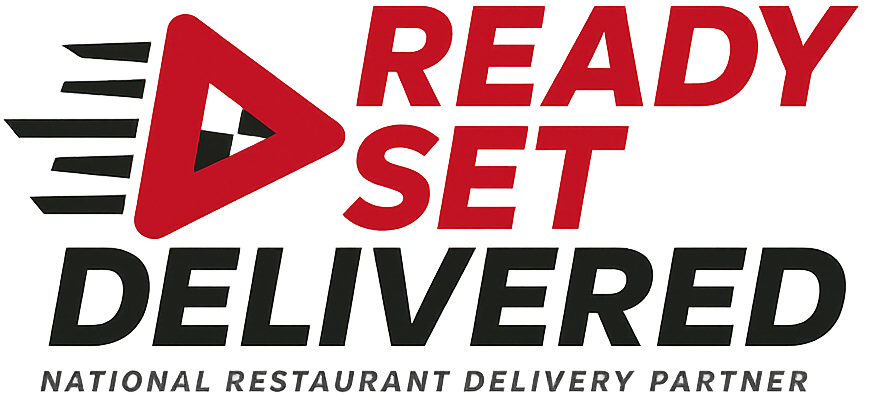Delivery Zones and Fees: Simple Ways to Stop Margin Leaks
Poorly designed delivery zones and fee structures are silently killing your profits. Here's how to fix them and boost your bottom line.

Delivery Zones and Fees: Simple Ways to Stop Margin Leaks
Your delivery zones and fee structure might be the biggest profit killer you're not thinking about. Most restaurants lose 15-25% of their delivery profit to poorly designed zones and inconsistent fee structures. Here's how to fix it.
The Hidden Cost of Poor Zone Design
The Problem with Traditional Zones
Most restaurants use simple distance-based zones:
This approach ignores critical factors like:
The Real Cost of Bad Zones
A restaurant in Los Angeles was losing $2,400 per month because their zones didn't account for traffic patterns. Orders to Zone 2 (3-5 miles) were taking 45 minutes during rush hour, but they were only charging $4.99.
The math:
Smart Zone Design Strategies
1. Time-Based Zones
Instead of distance, use delivery time:
Zone A (15-20 minutes): $2.99 Zone B (20-30 minutes): $4.99 Zone C (30+ minutes): $6.99
This accounts for traffic, road conditions, and actual delivery time.
2. Demand-Based Zones
Create zones based on order density:
High-Density Zones (lots of orders):
Low-Density Zones (few orders):
3. Hybrid Zone System
Combine multiple factors:
Zone 1:
Zone 2:
Zone 3:
Dynamic Fee Structures
1. Time-of-Day Pricing
Adjust fees based on demand:
Peak Hours (6-8pm):
Off-Peak Hours (2-5pm):
Late Night (after 9pm):
2. Order Size Incentives
Encourage larger orders with fee reductions:
Orders under $15: Full delivery fee Orders $15-25: $1 discount Orders $25-35: $2 discount Orders over $35: Free delivery
3. Customer Loyalty Pricing
Reward repeat customers:
New customers: Standard fees 2-5 orders: $1 discount 6+ orders: $2 discount VIP customers: Free delivery on orders over $20
Technology Solutions
1. Real-Time Zone Optimization
Use software that adjusts zones based on:
2. Predictive Analytics
Analyze historical data to:
3. Customer Communication
Keep customers informed:
Implementation Strategy
Phase 1: Analysis (Week 1-2)
Data Collection:
Zone Assessment:
Phase 2: Design (Week 3-4)
Zone Redesign:
Communication Strategy:
Phase 3: Implementation (Week 5-6)
Soft Launch:
Full Launch:
Real-World Success Story
A pizza restaurant in Chicago redesigned their delivery zones:
Before:
After:
Key changes:
Common Zone Mistakes to Avoid
1. Ignoring Traffic Patterns
Don't base zones purely on distance. A 2-mile delivery across town might take longer than a 4-mile delivery on the highway.
2. Static Zone Boundaries
Zones should evolve based on:
3. Inconsistent Fee Structures
Customers get confused when fees don't make sense. Ensure your pricing is logical and transparent.
4. Ignoring Customer Feedback
Monitor customer complaints about delivery times and fees. Use this data to optimize your zones.
Monitoring and Optimization
Weekly Metrics to Track
Monthly Optimization
The Bottom Line
Smart zone design and fee structures can transform your delivery profitability. The key is using data to make informed decisions rather than guessing.
Start by analyzing your current delivery patterns, then implement changes gradually. Monitor the results and adjust based on what works for your specific market.
The goal isn't to maximize fees—it's to create a sustainable, profitable delivery system that serves both your business and your customers.
Want Higher Delivery Profit?
Book a quick call. We'll show you the simple changes that move the needle.
Ready to Cut Your Delivery Costs?
Fill out our simple application form and we'll show you how to reduce delivery costs by 50%+ while maintaining the same service quality.
Apply Now